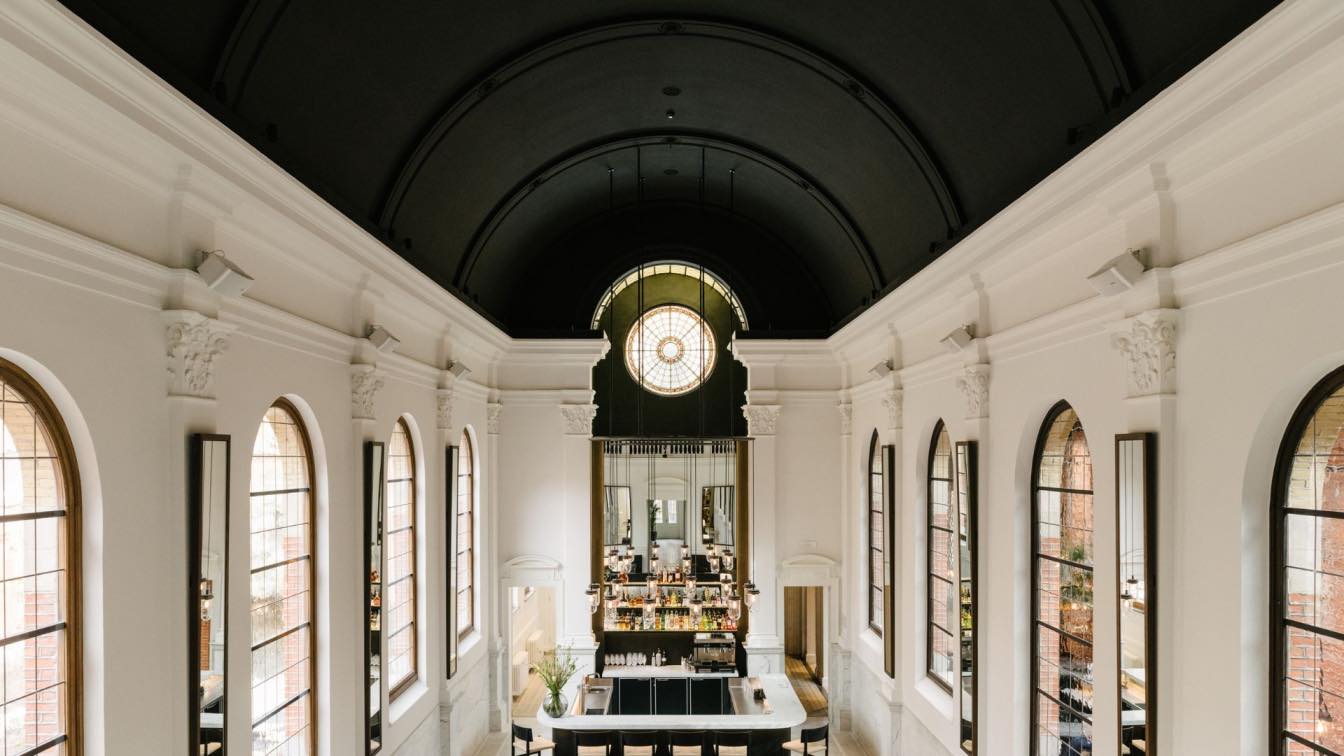Classic, beautiful, and long-lasting—hardwood flooring is the epitome of these adjectives. Sadly, for a contemporary aesthetic, old hardwood styles aren’t so promising. New developments have made it possible to customize your area without compromising functionality by offering various finishes, colors, and forms.
Look into eco-friendly coatings, creative solutions, and customised plank options to fit any space size or configuration. The correct hardwood style can enhance your area and blend in with your everyday routine, whether you're remodelling a single room or choosing floors for your complete house.
Photo by Pixabay on Pexels
Consider the Mood You Want to Create
Design anything—from streamlined, minimalist aesthetics to cosy, welcoming areas. The catch with hardwood flooring? The colour, texture, and gloss have an emotional influence equally as significant as the material's physical characteristics.
Light-toned woods like white oak or maple—these can make rooms feel larger and more open, working especially well in small rooms or homes with limited natural light. These shades complement neutral furniture and soft color palettes, offering more flexibility with your decor.
Pro note: Light floors visually extend wall height, especially when paired with white baseboards or low-profile furniture.
If you're after something less stark than white oak but not as bold as dark walnut, try natural-toned finishes like honey or chestnut. They offer warmth without dominating a room. These tones are ideal for transitional spaces where modern and traditional elements meet.
Pro note: Mid-tones also pair well with most cabinetry finishes—a go-to for kitchens and shared living areas.
Dark hardwoods like espresso-stained hickory or walnut create a sophisticated contrast, especially in bright or white-walled rooms—they anchor the space visually but require more upkeep to hide dust and scratches.
Pro note: Use them in low-traffic areas or rooms you want to feel more intimate—richer tones also add drama and can enhance design features like statement lighting or minimalist furniture.
Choose the Right Finish and Texture
Your flooring's sensory appeal and longevity are greatly influenced by these characteristics.
Matte and satin surfaces now outshine glossy finishes since they have scratch-hiding capabilities and understated elegance—the grain appears more natural thanks to these treatments, increasing visibility and decreasing reflection. What’s even better? They’re safer for kids and pets because they’re less slippery.
Wire-Brushed and Distressed Textures
Textured surfaces are really sought after now not just for their aesthetic, but also for their durability. A wire-brushed finish adds subtle texture by removing soft wood from the grain.
Distressed finishes provide a reclaimed or industrial aesthetic, imperfections are part of the charm. These options are great for homes that value character and resilience over pristine perfection.
Smooth and Sleek Options
Some of the best hardwood flooring brands offer options that are smooth with delicate graining—essential in cutting-edge settings to create a seamless, clean look, ideal for minimalist or Scandinavian-inspired interiors where simplicity is desired. Further, they make it simpler to add low-profile furniture or rugs in layers without producing visual clutter.
Think About Plank Width and Layout
Modern hardwood trends involve how the planks are shaped and arranged, with the dimensions and orientation of flooring drastically impacting how spacious or dynamic a room feels.
Wider planks—5 inches or more—become a staple of state-of-the-art flooring that creates a sense of openness and reduces the number of seams. The result? A room that feels more seamless.
Choose longer lengths if possible to enhance the effect, especially well in large, open-concept homes or loft-style apartments.
Mixed Widths for Visual Interest
Different plank widths add visual rhythm and uniqueness, particularly working well in open-concept homes or areas where you want to add a designer touch without introducing pattern-heavy decor. Mixing widths also disguises imperfections in older subfloors or uneven walls.
Diagonal or Herringbone Layouts
Think patterns—herringbone, chevron, or diagonal. These offer a posh, personalised vibe. If your goal is to highlight a specific space—e.g. dining room—or draw attention down a corridor, these arrangements are perfect. Although more work to install, you’ll get a high design payout in feature rooms like foyers.
Evaluate Your Lifestyle and Maintenance Needs
Because aesthetic choices and functionality should go hand in one, think about how much wear and tear your hardwood will endure.
Choose hickory, oak, or maple if you have children, dogs, or visitors often, since when you compare them to softer woods like pine, they’re more resistant to dents and scratches. Even under everyday stress, choosing sturdier wood helps keep your flooring looking great for years.
Modern matte coatings require less cleaning time as they’re less likely to exhibit dust, smudges, or footprints and require as little as regular sweeping and the odd damp mop.
Engineered hardwood is made with a hardwood veneer over plywood layers. It offers the same look as solid wood but with better resistance to moisture and temperature changes—a practical choice for basements or humid climates. It's also easier to install over radiant heating systems or concrete slabs.
Coordinate with Modern Design Elements
Flooring doesn’t exist in a vacuum, so take time to think through your full design vision. This includes how you furnish, decorate, and even light your space.
With sleek modern cabinetry, either match the tone for a monochrome aesthetic appeal or contrast with the flooring to create dynamic energy. For example, pair dark floors with light cabinetry for a bold, contemporary contrast. Natural-toned floors also allow for easier color changes in the future.
Pair with Neutral Walls and Decor
Neutral tones let your hardwood floor take center stage—think whites, soft grays, or greige tones on the walls.
This minimalist base gives you flexibility in changing your decor seasonally without needing to replace your floors. It also makes your flooring choice feel timeless, not trendy.
Use Flooring to Define Spaces
In open-plan homes, your flooring can help define different zones. Laying planks in different directions or using thresholds can visually separate areas like the kitchen, dining, or living room without walls. A small shift in tone or pattern can indicate a transition in function without disrupting the design flow.
Conclusion
Once you’ve struck the correct balance between design function, practicality, and personal taste, you may select the ideal contemporary hardwood style. A well-selected hardwood floor serves as the visual cornerstone of your home's decor.
Start with your goals and let the flooring support that vision, while also standing up to the daily needs of your household. When you choose smartly, your hardwood floors won’t just look modern—they’ll stay stylish and functional for years to come.





